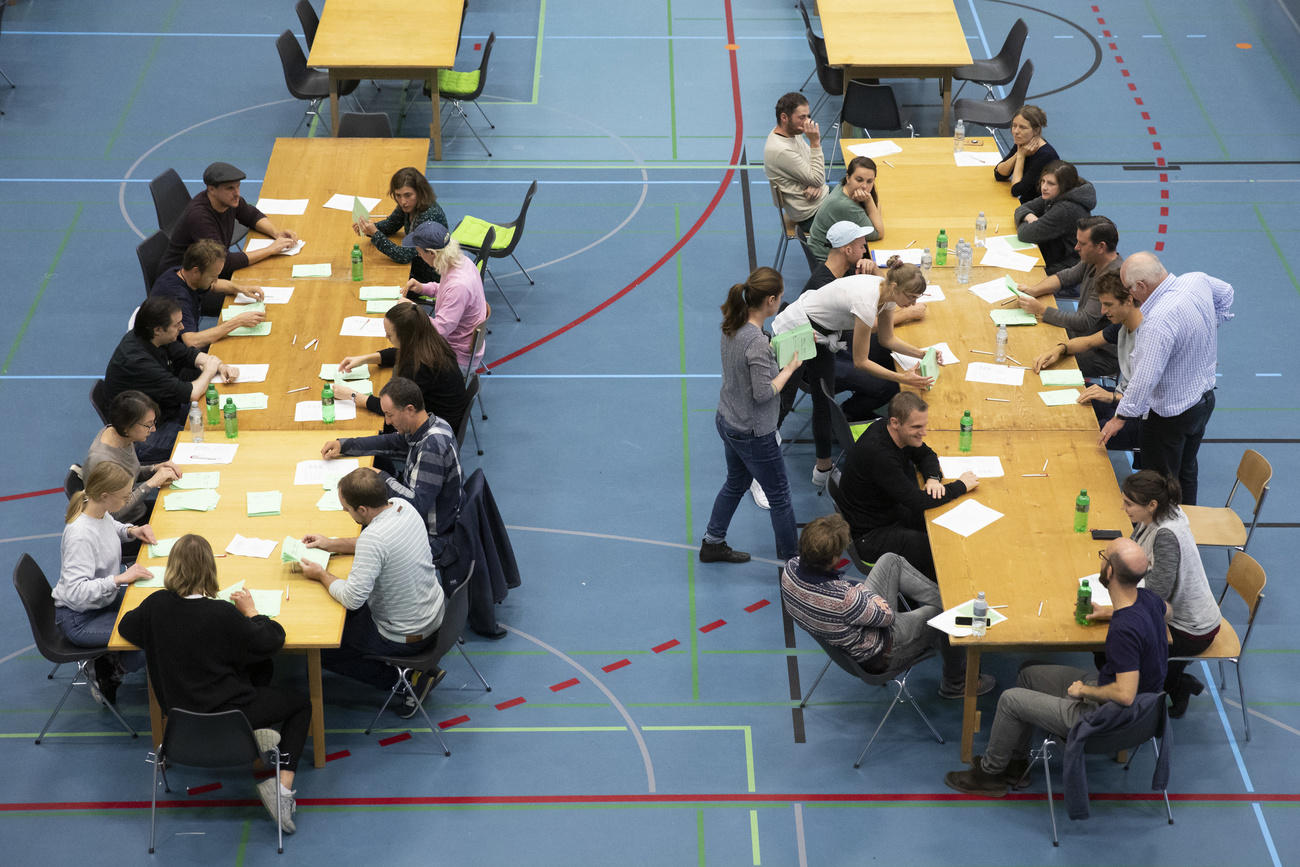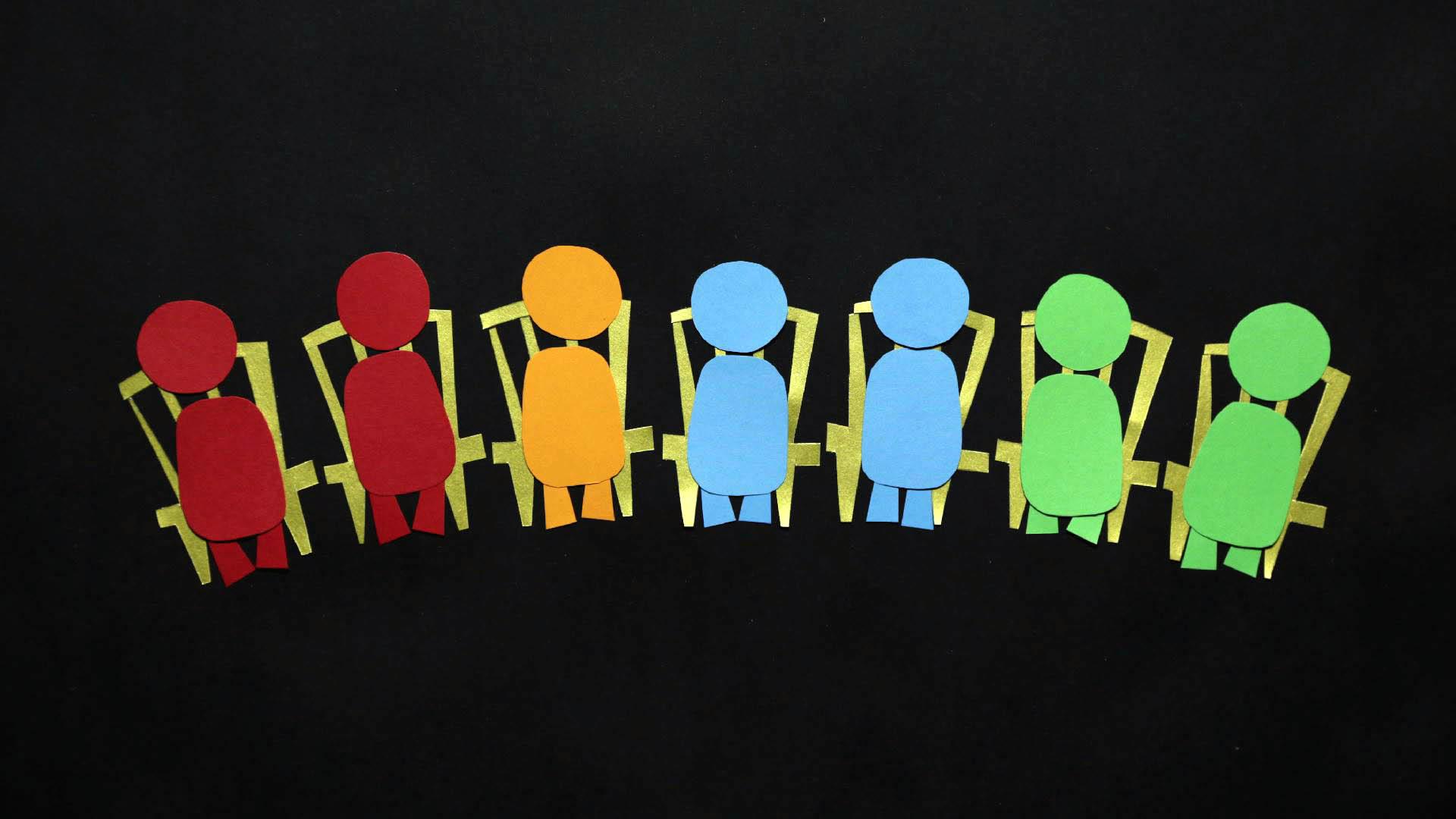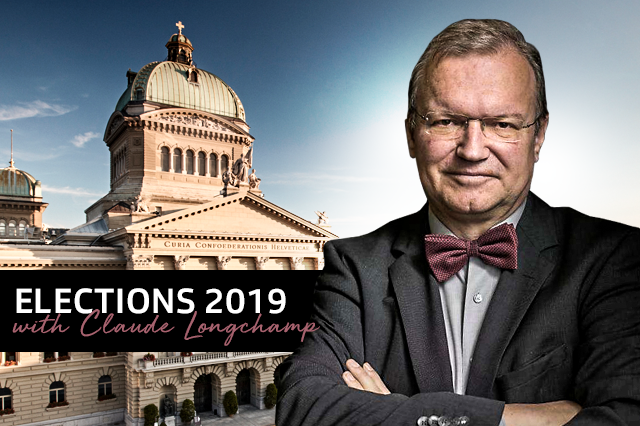The lessons to be learned from Switzerland’s election upset

The election of the final Senate seats over the weekend has completed the party-political make-up of the new Swiss parliament. Claude Longchamp takes a closer look at where Swiss politics is headed.
For many reasons, the October 2019 elections were a departure. But in order to find out why, we need to take a closer look at the development of Swiss politics over the last three decades.
Since the 1990s, all Swiss elections had shown increasing polarisation. The parties on each end of the spectrum – namely the Swiss People’s Party, the Social Democrats and the Green Party – gained votes at the expense of centrist groups.
As a result, the parties at each end of the spectrum also developed in opposite directions.

In the latest polls, however, the right-wing People’s Party as well as the left Social Democrats both lost votes. The centre-right Radical Liberal Party also suffered substantial losses. Only the Christian Democrats got away lightly, almost holding onto their status quo.
This shows that all major parties represented in government have lost voter strength. The big winners of the 2019 elections were two non-governmental parties, the left-wing Green Party and the centrist Liberal Greens.
Dead end for ruling parties
This pattern is unprecedented in Switzerland, but it is not necessarily surprising, especially considering what is happening in the rest of Europe. Since the global financial crisis, European opposition parties have gained ground and put the ruling parties on the defensive.
But the extent of the radical change is unique in Switzerland. This year’s elections have been the most volatile since proportional representation was introduced in 1919.
Both parliamentary chambers were affected as half the Senators and 35% of the members in the House of Representatives are new. In the House, 17% changed hands.
However the political shift in the Senate has been less dramatic. The biggest winner is the Green Party, winning four seats, mostly at the expense of the Social Democrats who lost three. The People’s Party won one, while the Christian Democrats lost one and the Radicals remained stable. The Conservative Democrats are no longer represented.
The Greens are the smallest of the five groups in the Senate despite their spectaculars gains. But combined with the other left-wing group, the Social Democrats, they are a considerable force.
Overall, the 2019 elections have become the most significant in a series of historic landmark elections.
The biggest upset in the political landscape happened in 1935 and 2011, when 13% and 15% of the seats in the House of Representatives changed hands respectively. Both years marked a Swiss record.
Global crises, local shocks
The first major political upset occurred in 1935 in the aftermath of the 1929 global economic crisis which triggered economic slowdown, rising unemployment and social hardship.
This dire situation became a breeding ground for emerging parties such as the National Socialists in Germany. In Switzerland, the four major parties jointly lost the 1935 elections.
The leading Radical Party took the biggest hit, closely followed by the Party of Farmers, Traders and Independents (now Swiss People’s Party) and the Catholic People’s Party (now Christian Democrats). The Social Democrats, which had been Switzerland’s strongest party since 1931, were also among the losers. But a number of other smaller groups made gains.

More
What do Swiss political parties stand for?
This new development triggered a heated debate on reforming the system of government, which was supposed to reflect the new balance of power in the cabinet, known as the Federal Council.
This was the first step towards the so-called ‘magic formula’, which divides the seven seats in the government among the four main ruling parties.
Second big disruption
The second comparable shock was triggered by the nuclear disaster in Fukushima, Japan in 2011. It was a sign that nuclear power was on its way out, and calls for phasing out this technology were echoing across Switzerland.
The cabinet, which had a female majority for the first time, took the lead and introduced some appropriate measures. In the end, it was the four women in the government who came out in favour of discontinuing nuclear energy.
All parties represented in the government suffered losses in the ensuing elections in the autumn of the same year. Once again, it was the Radicals who were the hardest hit as the party could not decide on this most pressing issue; and once again, it was the newcomers who won.
The Conservative Democratic Party ran in the elections for the first time while the Liberal Green Party took part for the second time. Both centrist parties won more than 5% of the votes whereby the Liberal Greens gained many young votes.

More
The political equation based on a magic formula
I see three main takeaways from this year’s results:
1. All major disruptions in Swiss politics were triggered by global economic, technological or environmental crises. They had an effect on Swiss elections as the country is not an isolated place when it comes to global market orientation.
2. The intervals between tremors are getting noticeably shorter. Big quakes are no longer an exception – they have almost become the rule.
3. This has a detrimental effect on the stability of the political system. The political landscape is undergoing radical change which will have consequences on the government system as the Swiss ‘magic formula’ was created to last a long time. It requires a stable political landscape of established parties and well-accepted stakeholders.
It will be a huge challenge to maintain a stable political landscape under such circumstances, even in Switzerland.

In the smaller chamber of parliament, the Senate, the major party coalitions remain largely unchanged while the Christian Democrats and the Radicals keep their combined majority.
If the Social Democrats and the Green Party find a common denominator, they will also be able to form majorities with the Christian Democrats or the Radicals. The Swiss People’s Party will remain isolated as it does not reach a majority with any party.
Adapted from German by Billi Bierling/urs

In compliance with the JTI standards
More: SWI swissinfo.ch certified by the Journalism Trust Initiative











You can find an overview of ongoing debates with our journalists here . Please join us!
If you want to start a conversation about a topic raised in this article or want to report factual errors, email us at english@swissinfo.ch.